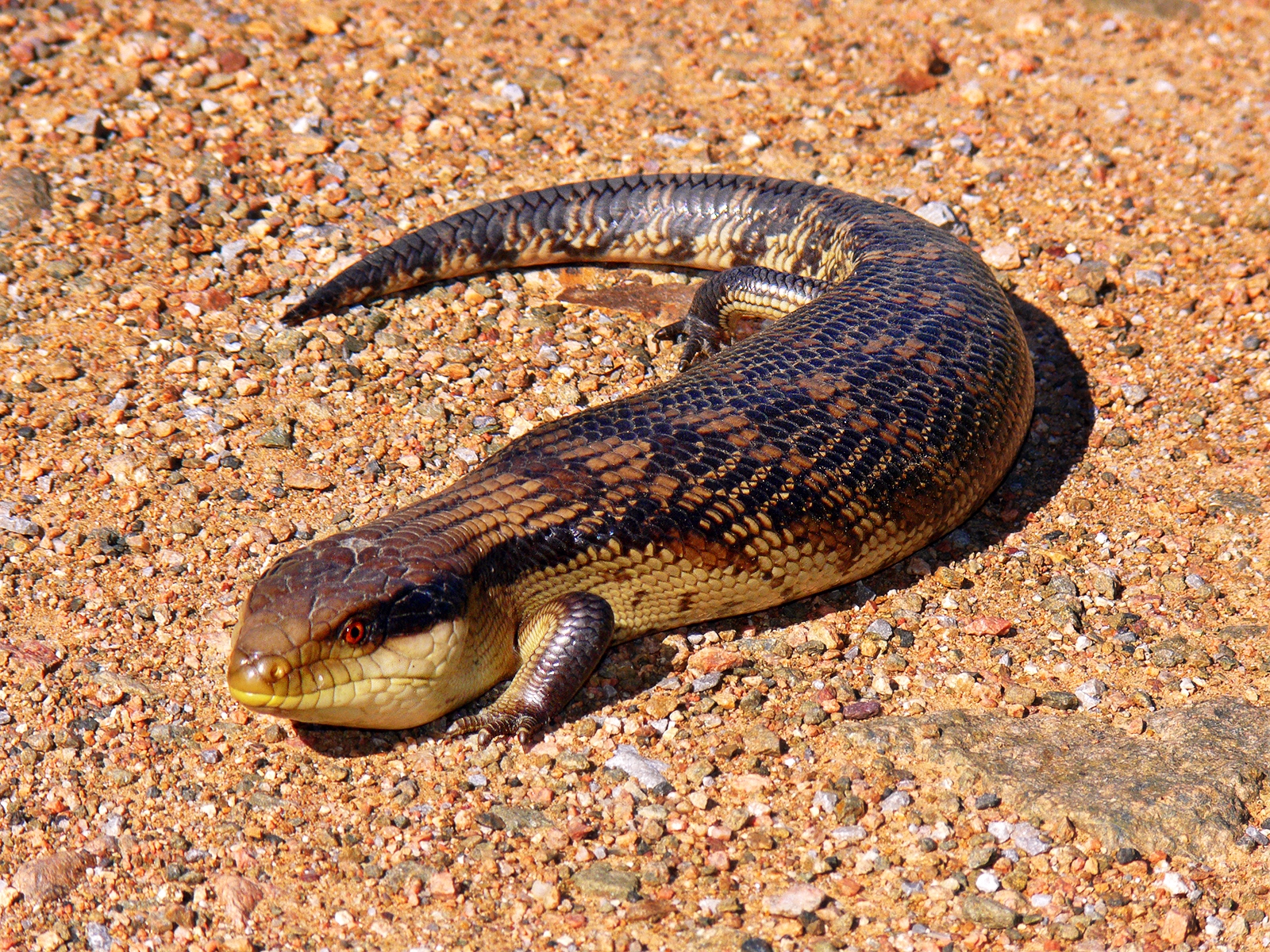
The Little Brown Skink has many predators, including snakes, larger lizards, and birds of prey. That’s a very handy adaptation for one of the smallest reptiles in Florida. Technically, they have a window in their lower eyelids that allows them to see at all times. They can also be found in gardens and urban areas with lots of debris or litter to hide in.īelieve it or not, Little Brown Snakes have the interesting talent of seeing with their eyes closed! But honestly, it just looks like their eyes are closed. In Florida, they are often called Ground Skinks because they live on the forest floor.
The belly is white, sometimes with a yellowish cast. Coloring is golden-brown to almost black with dark stripes that usually blend in with the main body color. They forage on the ground for their food, searching leaf litter and debris for insects and spiders. You can easily recognize this species by its triangular head!īroad-Headed Skinks are one of the few skink species at home among trees! They will often climb trees for cover and protection from predators. Look for Broad-Headed Skinks in northern Florida in swamp forests, woodlands, or vacant lots with debris. Sometimes the entire head turns bright orange. Males develop orange-red coloring on the jawline during the breeding season. The tail is gray in adults and blue in young. Females often keep some form of stripes that are more apparent in hatchlings. Coloring in males is uniform brown or olive. Rest assured that if you find a Southeastern Five-Lined Skink, the only danger is that you might be nipped on the finger! However, they are harmless to humans and only deliver a non-venomous bite if they feel threatened. Some people consider Southeastern Five-Lined Skinks venomous and often refer to them as scorpions. Southeastern Five-Lined Skinks prefer large insects like grasshoppers as prey. You may also find them on islands with little vegetation. These skinks live in Florida in dry, forested areas. The stripe pattern is one thin stripe in the middle of the back, with two dark stripes outlined in white along the sides. The head is brown striped with orange-red, and the tail is purplish even in adults. 5 light stripes on the body the overall pattern is most prominent in hatchlings and young individuals. She also rolls the eggs to maintain their humidity, moves them back to the nest if they become disturbed, and even eats eggs that aren’t viable! If you happen to come across a nest, you may notice the mother curled up on top of or around the eggs. They spend almost all their time defending and caring for the eggs until they hatch! Its diet consists of spiders, beetles, crickets, and other insects.Ĭredit: Virginia Herpetological Society Females attend to their eggs throughout their incubation period. Look for Common Five-Lined Skinks in northern Florida in wooded areas near rotting stumps, outcrops of rock, and sometimes piles of boards or sawdust. The black coloring often fades to gray, and the lighter stripes darken. Hatchlings are black with light stripes. 
Males have orange-red coloring on the jaw during the breeding season.5 stripes are most apparent in hatchlings and fade as the skinks grow.

pluvialis), are scattered throughout the US. anthracinus) and the Southern Coal Skink ( P.a. Two subspecies, the Northern Coal Skink ( P.a. If you spot a Coal Skink, you can identify it by the lack of a middle stripe on its back. Coal Skinks prefer moist, humid areas and live on hillsides with nearby streams. They are hard to find because they spend so much of their time under rocks, leaf litter, or fallen logs. During the breeding season, some males develop reddish blotches on the sides of the head.Ĭoal Skinks are one of the most secretive, shy skinks in Florida!.Juveniles are sometimes all black with no markings.Four light stripes run the length of the body and a portion of the tail.RELATED: The 40 Types of Lizards Found in Florida! (With Photos).RELATED: The 34 Types of SNAKES That Live in Florida! (ID Guide).Today, you’ll learn the 7 kinds of skinks in Florida! They have short limbs, move with a zig-zag pattern, and like to hide under debris just like snakes! Interestingly, these creatures are considered lizards, but it’s easy to misidentify them as snakes. There’s no question that skinks are one of the most misunderstood animals in Florida! Are they snakes, or lizards, or some sort of combination? “ What kinds of skinks are there in Florida?”






 0 kommentar(er)
0 kommentar(er)
